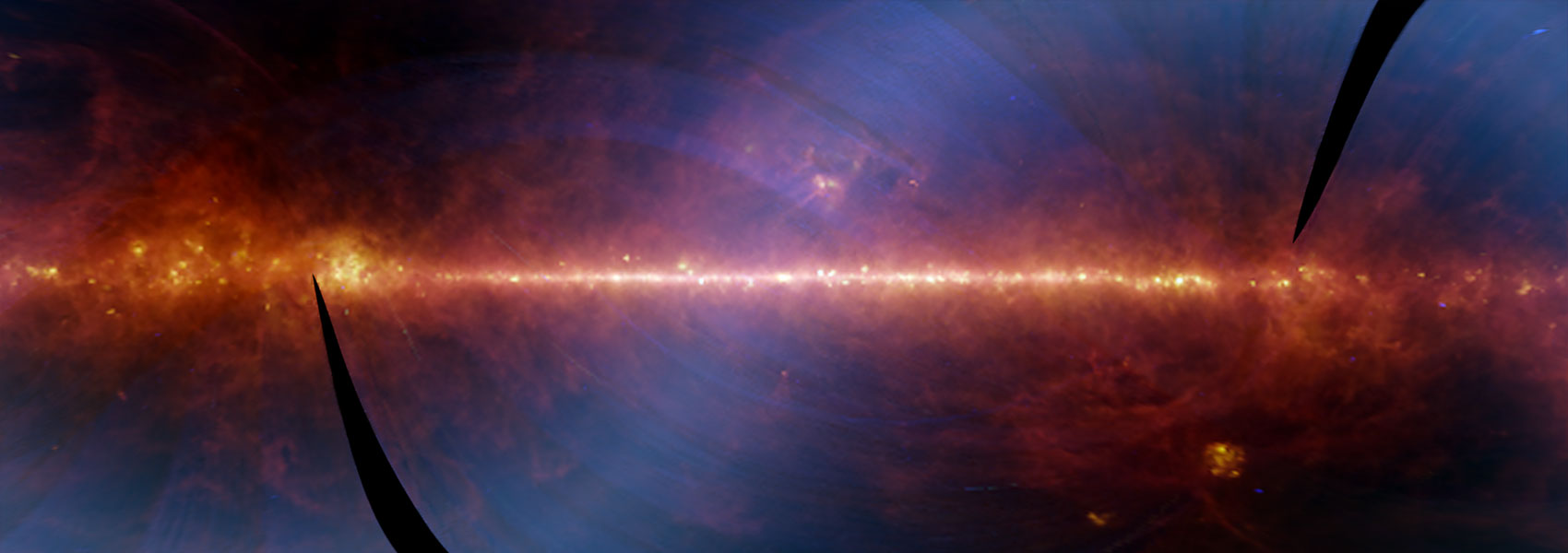December
2022
•
2022ApJ...941..167M
Authors
•
Matsumoto, Akinori
•
Ouchi, Masami
•
Nakajima, Kimihiko
•
Kawasaki, Masahiro
•
Murai, Kai
•
Motohara, Kentaro
•
Harikane, Yuichi
•
Ono, Yoshiaki
•
Kushibiki, Kosuke
•
Koyama, Shuhei
•
Aoyama, Shohei
•
Konishi, Masahiro
•
Takahashi, Hidenori
•
Isobe, Yuki
•
Umeda, Hiroya
•
Sugahara, Yuma
•
Onodera, Masato
•
Nagamine, Kentaro
•
Kusakabe, Haruka
•
Hirai, Yutaka
•
Moriya, Takashi J.
•
Shibuya, Takatoshi
•
Komiyama, Yutaka
•
Fukushima, Keita
•
Fujimoto, Seiji
•
Hattori, Takashi
•
Hayashi, Kohei
•
Inoue, Akio K.
•
Kikuchihara, Shotaro
•
Kojima, Takashi
•
Koyama, Yusei
•
Lee, Chien-Hsiu
•
Mawatari, Ken
•
Miyata, Takashi
•
Nagao, Tohru
•
Ozaki, Shinobu
•
Rauch, Michael
•
Saito, Tomoki
•
Suzuki, Akihiro
•
Takeuchi, Tsutomu T.
•
Umemura, Masayuki
•
Xu, Yi
•
Yabe, Kiyoto
•
Zhang, Yechi
•
Yoshii, Yuzuru
Abstract
•
The primordial He abundance Y P is a powerful probe of cosmology. Currently, Y P is best determined by observations of metal-poor galaxies, while there are only a few known local extremely metal-poor (<0.1Z ⊙) galaxies (EMPGs) having reliable He/H measurements with He I λ10830 near-infrared (NIR) emission. Here we present deep Subaru NIR spectroscopy for 10 EMPGs. Combining the existing optical data, He/H values of 5 out of the 10 EMPGs are reliably derived by the Markov chain Monte Carlo algorithm. Adding the existing 3 EMPGs and 51 moderately metal-poor (0.1-0.4Z ⊙) galaxies with reliable He/H estimates, we obtain ${Y}_{{\rm{P}}}={0.2370}_{-0.0034}^{+0.0033}$ by linear regression in the (He/H) - (O/H) plane, where we increase the number of EMPGs from three to eight anchoring He/H of the most metal-poor gas in galaxies. Although our Y P measurement and previous measurements are consistent, our result is slightly (~1σ) smaller due to our EMPGs. Including the existing primordial deuterium D P measurement, we constrain the effective number of neutrino species N eff and the baryon-to-photon ratio η showing ≳1-2σ tensions with the Standard Model and Planck Collaboration et al. (2020). Motivated by the tensions, we allow the degeneracy parameter of the electron neutrino ξ e , as well as N eff and η, to vary. We obtain ${\xi }_{e}={0.05}_{-0.02}^{+0.03}$ , ${N}_{\mathrm{eff}}={3.11}_{-0.31}^{+0.34}$ , and $\eta \times {10}^{10}={6.08}_{-0.06}^{+0.06}$ from the Y P and D P measurements with a prior of η taken from Planck Collaboration et al. Our constraints suggest a lepton asymmetry and allow for a high value of N eff within the 1σ level, which could mitigate the Hubble tension.
Links



